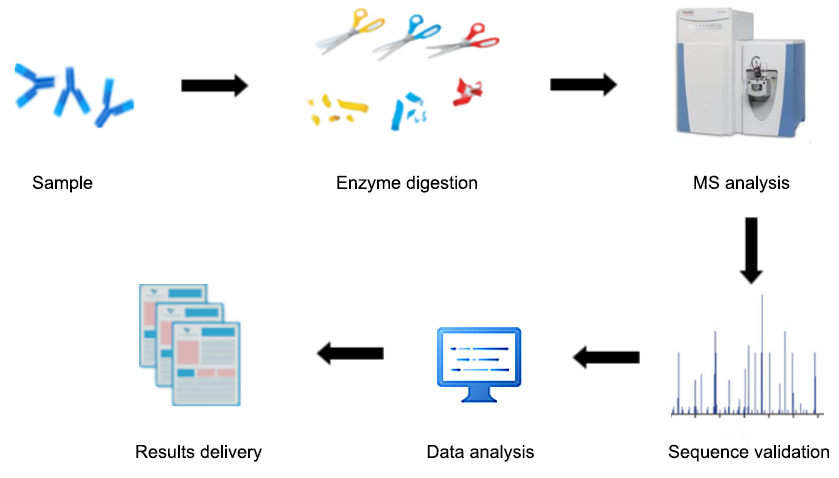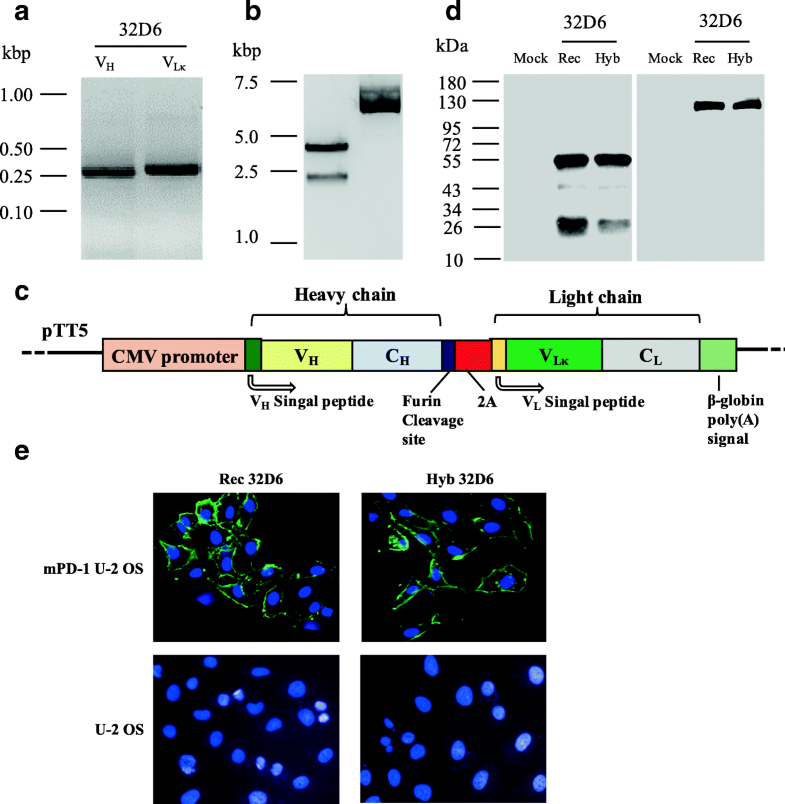

However, because of the low throughput of B-cell cloning, it has not been possible to address a number of key questions that require more comprehensive coverage of the VH:VL repertoire.

Earlier studies using limiting dilution and single-cell cloning to determine complete antibody gene sequences in small numbers of B cells have provided invaluable insights into aspects of B-cell and antibody repertoire development ( 15– 20). However, because of technical limitations ( 13), these and other studies were confined to analysis of the heavy and light chain repertoires separately. Analysis of the VH repertoire in identical twins provided evidence that germline gene use is genetically predetermined ( 10), but other studies demonstrated that VH gene use for a particular B-cell subset among different donors is more closely related than are different B-cell subsets within an individual ( 8, 9, 11).

For example, antigen experience has been reported to result in decreased length and hydrophobicity of the heavy-chain third complementarity-determining region (CDR-H3) and to alter CDR-H3 amino acid content relative to the naive repertoire ( 8, 9). High-throughput DNA sequencing of the heavy-chain variable (VH) gene repertoire from human donors has begun to delineate repertoire-wide differences among antibodies encoded by different B-cell subsets ( 8– 14). Specifically, additional information is needed regarding how a history of pathogen and environmental exposure modulates the sequence and conformational properties of naive antibodies to yield a mature antibody repertoire that confers effective protection. Understanding the salient features of the human antibody repertoire is critical for immunology research ( 6, 7). This process generates a repertoire of somatically mutated antibodies that, at the structural level, generally display decreased conformational flexibility ( 4, 5), slower antigen dissociation rates, and increased binding selectivity relative to the germline repertoire. B cells expressing higher-affinity BCRs are better equipped to compete for antigen and thus receive signals that enable their preferential proliferation and further antibody sequence diversification in additional rounds of SHM. Upon antigen challenge, naive B cells (NBCs) expressing unmutated antibodies capable of binding antigen with an affinity sufficient to initiate B-cell receptor (BCR) signaling may be stimulated to undergo somatic hypermutation (SHM) of the antibody genes. The data reported here address several longstanding questions regarding antibody repertoire selection and development and provide a benchmark for future repertoire-scale analyses of antibody responses to vaccination and disease.Įffective antigen recognition by the humoral immune system is predicated on the somatic generation of a large antibody repertoire that encompasses the sequence and conformational diversity to respond to a highly diversified set of antigens ( 1– 3). Analysis of a dataset comprising 55,000 antibody clusters from CD19 +CD20 +CD27 − IgM-naive B cells, >120,000 antibody clusters from CD19 +CD20 +CD27 + antigen–experienced B cells, and >2,000 RosettaAntibody-predicted structural models across three healthy donors led to a number of key findings: ( i) VH and VL gene sequences pair in a combinatorial fashion without detectable pairing restrictions at the population level ( ii) certain VH:VL gene pairs were significantly enriched or depleted in the antigen-experienced repertoire relative to the naive repertoire ( iii) antigen selection increased antibody paratope net charge and solvent-accessible surface area and ( iv) public heavy-chain third complementarity-determining region (CDR-H3) antibodies in the antigen-experienced repertoire showed signs of convergent paired light-chain genetic signatures, including shared light-chain third complementarity-determining region (CDR-元) amino acid sequences and/or Vκ,λ–Jκ,λ genes. We sequenced the paired heavy- and light-chain variable regions (VH and VL, respectively) from large populations of single B cells combined with computational modeling of antibody structures to evaluate sequence and structural features of human antibody repertoires at unprecedented depth. Elucidating how antigen exposure and selection shape the human antibody repertoire is fundamental to our understanding of B-cell immunity.


 0 kommentar(er)
0 kommentar(er)
